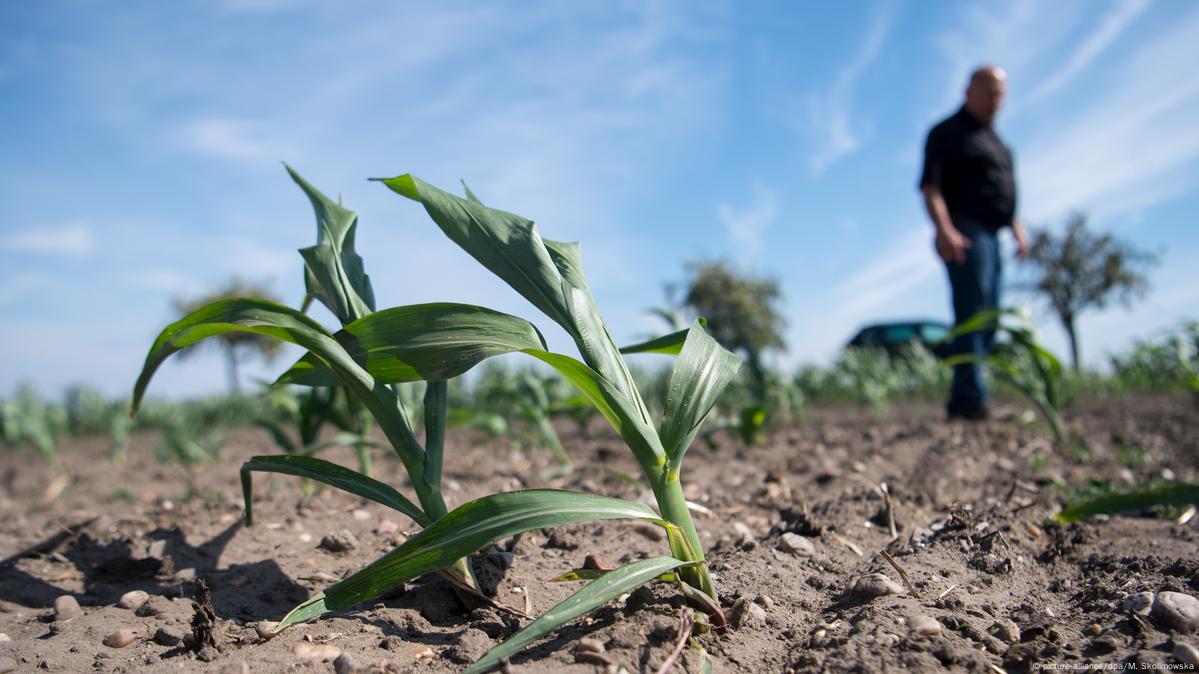Patterns of Recent Agricultural Land-Use Change in Germany
Introduction
Land-use change (LUC) is a critical phenomenon that significantly impacts the environment, economy, and society. Traditionally, agricultural land-use change analyses have predominantly focused on the conversion of natural land to agricultural purposes, particularly in developing countries. This focus has been driven by the rapid expansion of agricultural activities to meet the growing food demands of expanding populations. However, in more stable agricultural systems, such as those in Western Europe, recent agricultural LUC patterns, especially conversions to built-up land, have been less studied at the regional scale. Understanding these changes is essential for sustainable land management and policy-making. This study aims to fill this gap by analyzing major LUC pathways, their drivers, and potential counteracting factors in the Metropolitan Region of Nuremberg, Germany.

Major LUC Pathways and Their Drivers
Quantifying Agricultural LUC Pathways
In the Metropolitan Region of Nuremberg, we employed a transition matrix to quantify the major pathways of agricultural land-use change over the past 15 years. The results revealed a significant decline in agricultural land, primarily due to afforestation (3.1%) and settlement and infrastructure development (2.7%). These pathways represent the primary directions of land-use change in the region. The transition matrix allowed us to systematically track the changes in land use over time, providing a clear picture of how agricultural land has been transformed into other land-use categories.
Spatial Patterns of Agricultural LUC
To further understand the spatial dynamics of agricultural LUC, we utilized optimized hot-spot analyses. This method helped identify areas where agricultural land-use change was most concentrated. The results indicated that both settlement development and afforestation were concentrated in existing hotspots of urban development and forest-dominated areas. This spatial concentration suggests that certain regions are more susceptible to LUC due to their proximity to urban centers or forested areas. Understanding these spatial patterns is crucial for targeted land management and planning efforts.
Factors Influencing Agricultural LUC
To identify the factors driving agricultural LUC towards settlement and forest, as well as semi-natural open land, we employed boosted regression trees (BRT). The analysis revealed that settlement-driven agricultural LUC was largely dependent on population density and development, with little influence from agricultural or biophysical parameters. In contrast, forest-driven LUC was primarily explained by agricultural factors, such as low land rents and biophysical factors like high slopes. These findings highlight the complex interplay of socio-economic and biophysical factors in driving land-use change.
Governance Instruments and Their Impact
Regional Planning and Payments for Maintaining Agriculture
Governance instruments, such as regional planning and payments for maintaining agriculture on marginal land, are intended to maintain a balanced spatial distribution of agricultural land. However, our study found that these instruments did not effectively achieve this goal in the Metropolitan Region of Nuremberg. The lack of a balanced spatial distribution of agricultural land suggests that current governance strategies may need to be re-evaluated and improved to better support sustainable land management.
Future Implications for Agriculture and Settlement Development
If current trends continue, settlement development is likely to significantly outcompete agriculture in prosperous sub-regions. This shift could lead to the abandonment of agricultural activities in favor of forest development on marginal locations, potentially at the cost of an intact cultural landscape. The economic constraints faced by farmers further exacerbate this issue, as they may be forced to abandon agriculture due to financial pressures. Addressing these challenges requires a comprehensive approach that integrates economic, social, and environmental considerations.
Conclusion
Land-use change in agricultural systems is a multifaceted issue with significant implications for sustainable development. In the Metropolitan Region of Nuremberg, our analysis of major LUC pathways, their drivers, and the impact of governance instruments provides valuable insights for future land management strategies. By understanding the complex dynamics of agricultural LUC, policymakers and stakeholders can develop more effective measures to balance the needs of agriculture, urban development, and environmental conservation. Future research should continue to explore the interplay of various factors influencing LUC and the effectiveness of different governance instruments in different regional contexts.
External Links
For further reading on land-use change and its impacts, the following resources are recommended:
